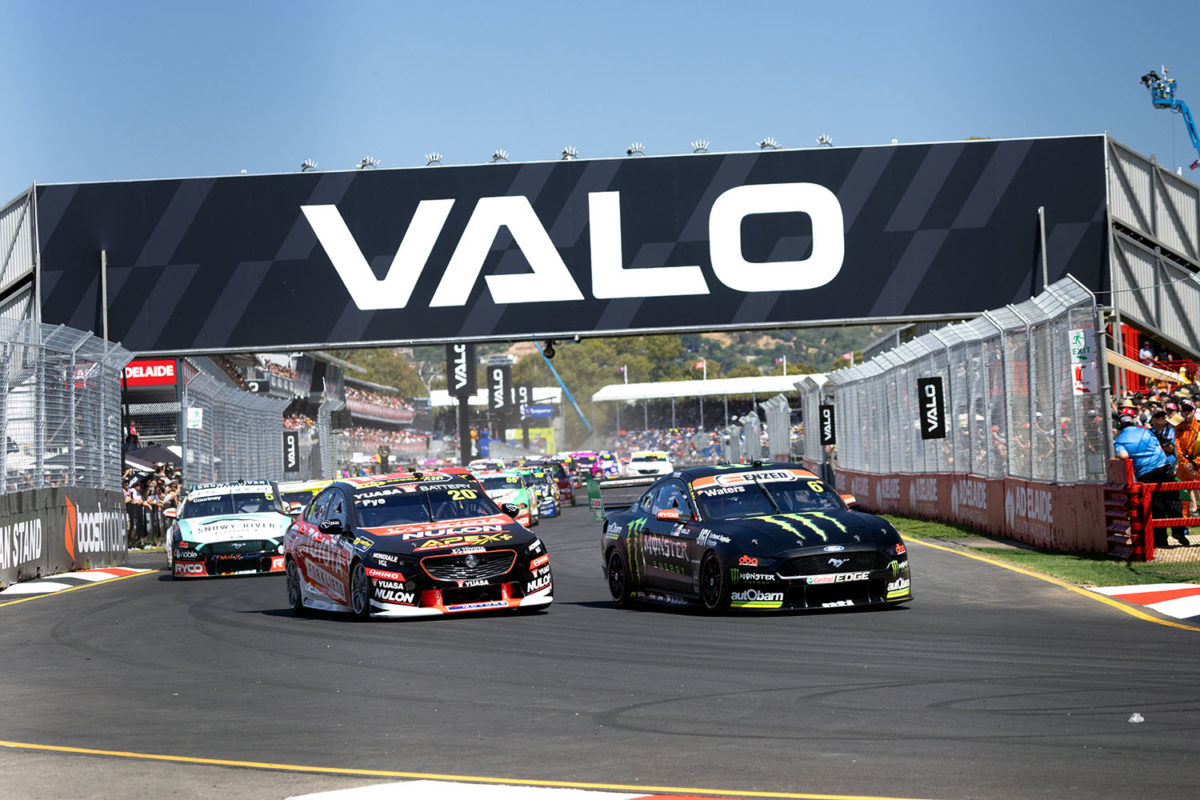

Formula One introduced its Cost Cap for the 2021 season in order to try to level up the competitive playing field as well as ensuring that more teams are profitable (or at least making smaller losses!) and therefore more sustainable in any future economic downturn. Would the same course of action now make sense for Supercars?
To consider this properly, let’s first take a look at the F1 approach.
Whilst the introduction of an F1 Cost Cap was being vigorously pursued prior to the Pandemic, there’s no doubt that the initial fear of an extended period of financial stress around the world accelerated the process and made it easy to not only enact, but also to reduce the initial Cost Cap figure from $175m USD to $145m. The aim was for the CC to gradually reduce to $135m for seasons 2023 to 2025, but there are adjustments in place for inflation and also the number of races in excess of 21 per year which have the effect of increasing it somewhat.
But it’s vital to understand what is not included in the F1 CC. The main cost areas that sit outside the CC are: Driver salaries, the three highest paid team members, travel and marketing costs as well as sick leave and bonuses. These areas represent some pretty substantial dollars cumulatively! They also show that there’s still the ability to greatly enhance the quality of life for a valuable team member of a wealthy team through the use of bonuses and business/first class travel or charters, for instance.
Then we need to consider that the F1 world has dramatically changed since May 2020 when the CC was agreed to. Almost every team is awash with sponsorship (although the crypto industry issues will probably have some impact this year) the likes of which they haven’t really seen (in relative terms) since the tobacco days. This has been largely attributed to the success of the Drive to Survive series and, through that, the increased interest from United States-based corporations.
Additionally, the Formula One Group (the owners of the commercial rights) revenues from sponsorship, race sanction fees and media rights have all recovered and more, tripling the value of their shares since the depth of the Pandemic. Somewhere north of 50 percent of the revenue of the F1 Group flows to teams thereby further improving their finances.
The bottom line is that almost every team will reach the CC maximum in 2023 and therefore the freedoms allowed by those items not covered will be even more important. So, dollars still win … t’was ever thus. History shows that you can’t win (consistently) without money, but money itself doesn’t guarantee winning – as Toyota, for instance, memorably showed in F1.
As for the level playing field, to date it’s made no discernible difference.
And so to Supercars.
Some readers will remember that we’ve been here before. The Total Racing Expenditure Cap (TREC) was proposed some 15 years ago in order to try to achieve similar objectives to those of the F1 CC. It failed to get off the ground because there was simply no realistic way that it could be enforced, given that almost every team had a unique set of circumstances in terms of structure, ownership and business model. And Supercars (or TEGA at the time) was, and is, clearly not resourced to police something like this in the way that the FIA is for F1.
Interestingly, the amount that was proposed as a realistic TREC back then would, allowing for inflation, be roughly the same as the top couple of Supercars teams spend today on their respective main series racing programs.
One real effect of the F1 Cost Cap is to limit development for the top teams, especially in season where the performance gaps can really grow. But good people working in a race team will always, in the end, beat average people regardless of development, just by running the cars/team better. Good people will be attracted to other good people and better working conditions. Hence the pecking order doesn’t often change. In fact, as the tiny details become ever more important, the gulf widens between the good and the average.
In the Gen3 Supercars era there should be no scope for development. Each team has the same set of tools. But, as ever, it is how they use those tools that will make the difference. A Cost Cap won’t change that. It’s mostly not even one individual that will make the difference, but rather a collection of people that is moulded properly into a real team. That’s something that’s clearly beyond some teams in all walks of motorsports.
The bottom line is that the major benefit for F1 teams of the Cost Cap has been to greatly increase the value of their franchises given the money that some are now capable of making. Hence they’re prepared to pay the huge F1 entry fees to the FIA that partly go towards the policing of the CC.
Supercars is not in that position. If Gen3 is successful in terms of the ‘show’, then hopefully the revenues will follow and we can end up with more teams making money, and therefore being sustainable, as was the case 15 years ago. A Cost Cap would be an expense and a distraction that wouldn’t really serve any purpose, given that car development is outlawed.
But good teams and good drivers will still win, as they should. Professional sport should always be a meritocracy. Otherwise, what’s the point?
Last week’s Roland’s View: I’m no fan of the biggest change in MotoGP history.























Discussion about this post